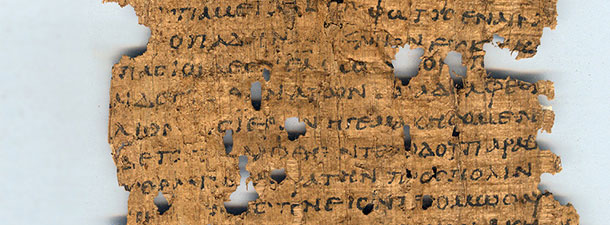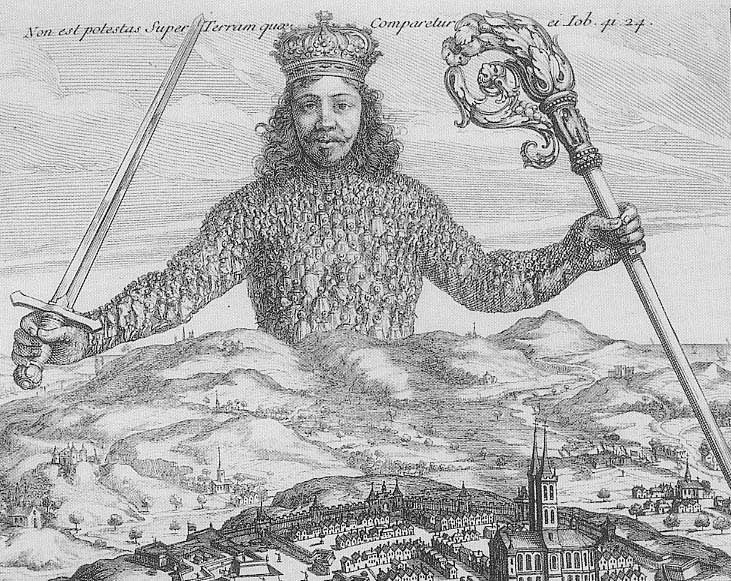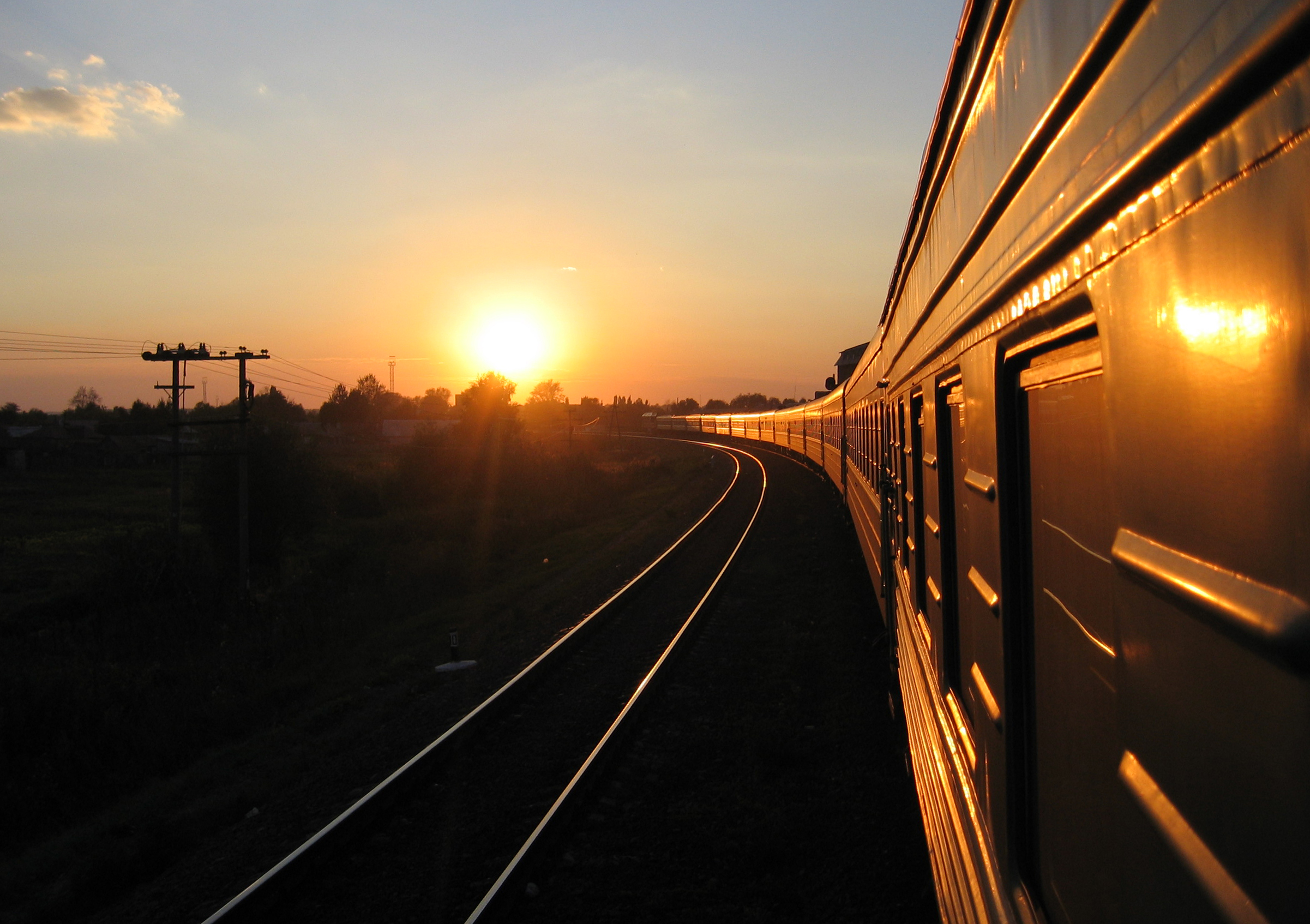
Hero Cult: Two Thousand Years of Subversion
April 18, 2013
Hollywood at Arms: How the Movies Take America to War
April 18, 2013Drole de Guerre:
France’s War in Mali & Africa’s Islamist Threat
There has not been a modern war quite so stage-managed and censored as France’s Operation Serval in Mali since the Falklands/Malvinas or the First Gulf War. A few photographic images and video footage of combat operations, of shots genuinely fired in anger by the French expeditionary force and its African allies in action against Islamist fighters, have been published or broadcast around the world. Unfortunately, however, these have been few and far between. There have been the obligatory onboard camera films of French Rafale fighter bombers striking their targets with smart bombs or guided missiles but – as in the First Gulf War, which first saw the wide dissemination of such pictures – there is something antiseptic about them. Despite the firepower on display the true consequence of the violence is somehow diminished and muted.
Only a handful of French soldiers have been killed, rather more tens of tough allies from Chad have died in action, but supposedly several hundred Islamist guerrillas have met their death in battle, as have an indeterminate number of Malian civilians. But in contrast to the Syrian uprising unfolding in its graphic horror for all to see, a tangible, verified body count in Mali is absent from the mass media. Much of the campaign at the outset was presented to the outside world as almost entirely a matter of victorious advancing French armoured columns being greeted as liberators by ecstatic crowds: war as an armed parade.
Of the dead civilians, some have been the victims of the Islamists, others have died in vengeful reprisals by pro-government Malian militias and ill-disciplined government troops. Others have survived, but suffered rape, torture or mutilation. Notably, a number of amputees, who lost limbs hacked off to rough Sharia justice when the Jihadists briefly held control of Northern Malian towns, have been in the public eye. Hard figures, though, are difficult to come by. It is a very incomplete picture. It seems a very clean war, when it is likely anything but, simply because there is no such thing as a very clean war.
What is certain is that it is a real war and while the progress reports from the Elyseé Palace remain upbeat, the optimistic prognosis that the French contingent would soon withdraw and leave mopping up and eventual peacekeeping to its West African allies has now given way to tactical reality. If the Franco-African forces have retaken all the major population centres, those guerrillas that have not fled are now fighting tenaciously in the unforgiving mountainous terrain of the north or melting away into the wide expanses of desert, that make the campaign more like naval warfare, where the vast sands are a waterless sea in which the fighters move. Those fighters are, as it happens, desert nomads who are now completely in their element.
This is not the only complexity. The official public relations tale that explains the war as a French effort to counter the rising tide of radical Islam in the Sahara and the Pan Sahel is overly simplistic. To be sure the proximity of the rebels to the huge French-owned uranium mines in neighbouring Niger is disconcerting to Paris when France depends on nuclear energy for 80% of its electricity. Thus one key underlying motivator for war is resource security.
But the weak Malian government, whether civilian or in its current military-led guise since the 2012 coup d’état, has long been a ramshackle and corrupt entity. Its ineptitude and enduring dysfunction has meant decades of neglect for the Tuareg, Arab and other minority groups that inhabit the north. This disparity has further exacerbated ethnic tensions determined by the racial and cultural divides set by history and geography, when the southern towns and the seat of power in Bamako are predominantly populated by Black African Malians. The enduring poverty, lack of development, and paucity of representation in the north sparked a separatist uprising, enabled by the flow of plentiful and cheap small arms following the collapse of Gaddafi’s regime in Libya.
But the rebellion, at the outset led by the Tuareg rebel National Movement for the Liberation of Azawad (MLNA), was largely a secularist affair in loose coalition with other armed groups. It was soon co-opted by Islamists who were militarily stronger. Among them were Al-Qaeda in the Islamic Maghreb (AQIM), Ansar al-Dine and Movement for Unity and Jihad in West Africa (MUJAO). Thus even in a post-conflict scenario (which is a long way away), much as the Kurds in Northern Iraq have gained de facto autonomy, now that the secularist rebels have ceased fighting the government and united with them against the Jihadists, their participation will demand some sort of political settlement and reward that grants them, if not autonomy, a greater stake in the nation denied to them thus far.
Clearly, the recent bloody hostage crisis in Algeria was a response by AQIM to French intervention and a new retaliatory hostage scenario has ensued. The French and Chadian forces, despite the intensity of the fighting, which we still cannot see but only hear of, have scored two significant successes in killing the Al Qaida leader Mokhtar Belmokhtar who orchestrated the gas works siege in Algeria, while earlier also eliminating Abdelhamid Abou Zeid, the top AQIM commander in Mali.
Traditionalists say France has merely reprised its long-standing neo-colonial role as the European fire brigade in its former Francophone possessions. Others contend that Africa, from Libya to much of the Sub-Saharan belt, has been ripe for infiltration by radical Islamists for years, as they search for new terrain since conditions in the Arab Middle East no longer favour them as before. In Iraq, the Islamists are certainly a diminished force, though by contrast they are gaining ground in Syria. Quietly, the United States is also paying careful attention to Africa, expanding its covert aerial reconnaissance flights and special operations presence on the ground with commandos deployed from bases in Morrocco and Dijibouti. With a strong radicalised foothold by Al Shabab in Somalia and Boko Haram in Nigeria, there is concern throughout the continent, not just in Paris and Washington. And in fairness, though it is primarily American and European funding which sustains it, the AU force in Somalia is an entirely African affair.
The danger is confusing Africa with South Asia; the Sahel is not the Hindu Kush. In countering radical Islam from the Maghreb, Sahara and Sub-Sahara all the way to the Indian Ocean, the source for radicalisation must not be forgotten. Radical Islam has taken hold amongst African Muslims who have submitted to crushing poverty, predictably Kleptocratic and authoritarian rulers, underdevelopment and want of every possible description for generations. Now that they have finally erupted into violent anger through an extremist ideology that allows their grievances to be expressed as terror and guerrilla war, we must remember that while we cannot applaud it, justly fear it and must confront it, their rage was incubated by a long and voiceless despair.
There will be no purely military or security solution to Africa’s growing radical Islamist crisis. It is true in Mali and it will be true elsewhere. So France must be acutely aware of just how much it has taken on and act accordingly, or its actions will be seen as solely those of a rapacious and self-interested neo-colonial power. Similarly, the Malian government, if it can win the war with the help of its allies, must commit itself to governing, honestly and equitably, for the good of ALL Malians north and south. Africa does not need another state-orchestrated ethnic pogrom or to be pillaged for its natural resources and abandoned yet again.




